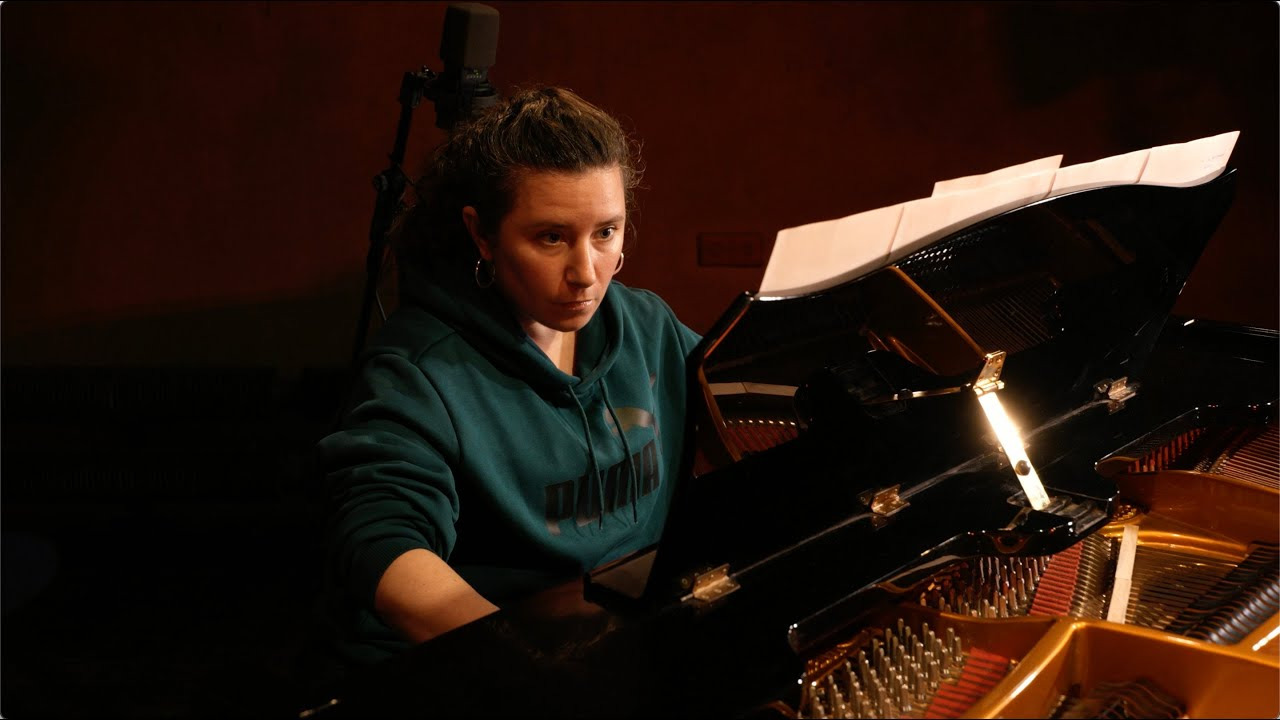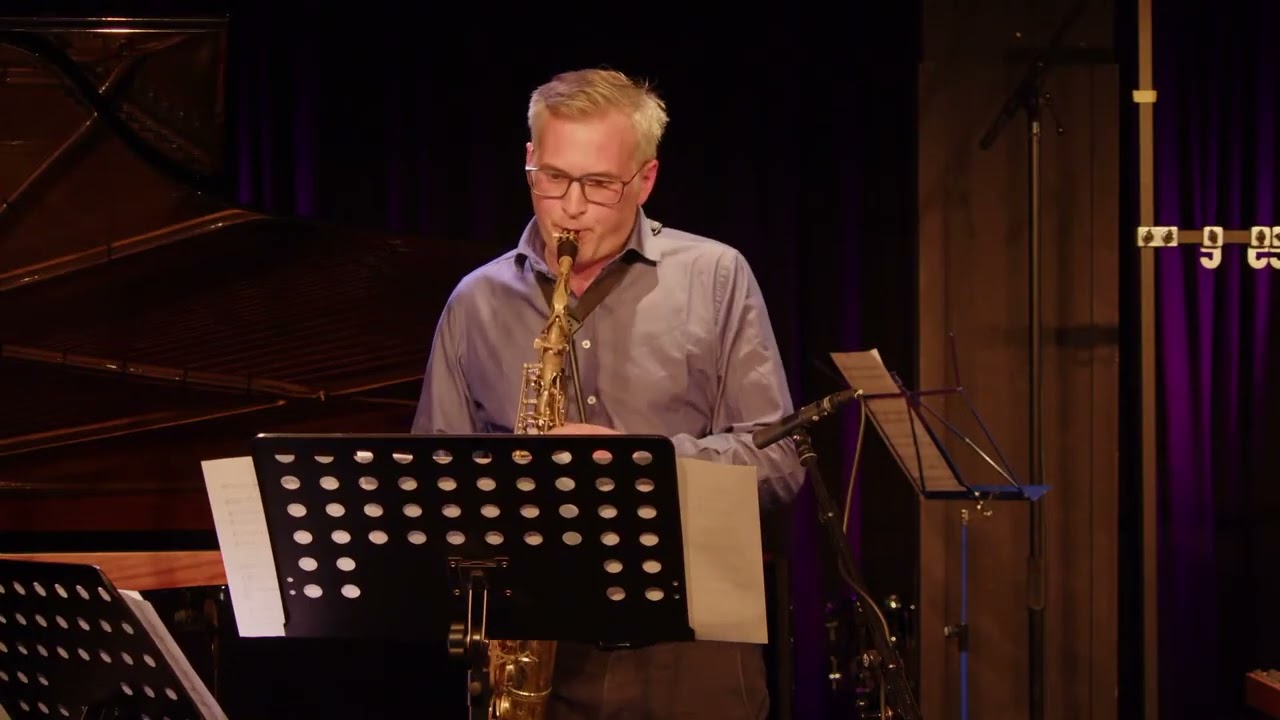surfaces_mirrors
for percussion and piano
WP 05.09.2023, Unerhörte Musik (Berlin)
The duo for percussion and piano consists of three movements and, in some ways, represents a further development of my Five Filter Sketches for prepared solo piano, which I composed in 2021 with the support of the New Music Work Grant. The composition treats both instruments as objects with surfaces of differing textures. Through diverse preparations, the piano approximates the sonic qualities of the percussion, becoming its mirror. In response, the percussion reflects pianistic playing techniques and idioms.
The first movement evolves from the interplay of three highly contrasting musical characters. The first character introduces a driving, energetic pulse, grouped in an unpredictable, almost whimsical manner by accents. Sonically, this is dominated by polyblocks (woodblocks), which find their counterpart in the highest register of the piano, dampened with adhesive tape. In contrast, massive, homophonic chords in the piano’s middle register appear. These chords, enhanced with buzzing timbres created by aluminum foil and metal chains placed on the strings, are closely linked to the snare drum.
Lastly, a softer, more sustained character emerges, introduced by the tam-tam and developed through an interplay between Thai gongs and the low piano register. The piano’s strings in this register are prepared with cube magnets placed at harmonic nodal points, creating a resonant and shimmering sound.
The second movement exclusively employs vibrators, which are applied to the instruments in various ways. In the piano, they are placed (in custom-made shells) on the strings, the soundboard, or the cast iron frame, or they are rhythmically held by hand against the metal braces or strings. In the percussion setup, vibrators are applied to the vibraphone, crotales, drumhead, and snare drum frame. By repositioning the vibrators, a continuous, fluctuating sound fabric emerges, with an ever-changing internal structure in which the two instruments merge into an inseparable sonic entity.
The third movement requires no extensive preparation of the instruments. Only toward the end of the movement are the piano’s low strings stroked with a plectrum, blending with the tam-tam, played with a friction mallet. This serves as a punctuation mark in a development where a densely interwoven, mirror-symmetrical structure between the vibraphone, crotales, and piano gradually ascends to ever greater heights. At the climax, the performers “freeze” in place in a strikingly performative moment.
surfaces_mirrors

